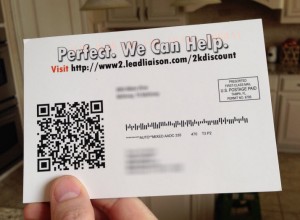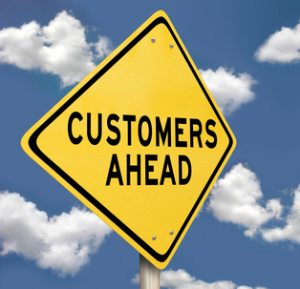Do You Have Control of Your Lead Tracking?
Take Control of Lead Tracking
It’s time to take control of your lead tracking. Are you wasting time manually researching, following up, and tracking each lead? Sure, it’s not a waste of time; thorough research and proper follow up are the stepping-stones to closing the deal. Having full control of your lead tracking will allow for your reps to be better informed and better prepared to close. But, manually populating each lead’s profile is a time-consuming and often
repetitive task that, I would guess, is not all that exciting. Not only does this
method of lead tracking waste valuable time, but it also opens up the opportunity for human error. You send several follow-up emails each day to your leads. Then, for each one, you still have to input all of the relevant details into the CRM. Whew! Not following the full routine of lead tracking is detrimental to your future relationship with the lead. Take control of your lead tracking and spend more time closing leads instead of repopulating data into your CRM.
Keep up with your leads
Tracking leads (and keeping documentation of it) is increasingly important in building your relationship with them. How can you follow up with a relevant, personal message if you don’t remember where you left off? Every rep does it differently, some prefer handwritten sticky notes, some input it directly into the CRM. Either way, making that information readily available for your next interaction allows you to pick up where you left off. It also allows you to transfer the lead to another rep, if need be. Lead tracking done through marketing automation allows you to filter out the leads that just aren’t interested, or may be interested next year, or are only interested in this one specific product, etc. Take control of your lead tracking—keep up with them to help you figure out what they want and when they’re ready for it.
Strategize the next moves
Lead tracking through marketing automation should provide a record of their response times. When did they respond to your last email? Was it in the morning, or at lunch? Chances are, their response times are indicative of when they’re available, and therefore the perfect time for you to reach out to them next time. Leads are quickly lost if you become an inconvenience for them. Manage your leads and maintain control of your lead tracking by working with their schedule.
Lead Liaison’s Send & Track plug-in works seamlessly with Microsoft Outlook and lets you take control of your lead tracking. Using this marketing automation tool keeps your leads out of that scary black hole of lost emails and wasted communication. The Send & Track plug-in adds a button to your Outlook that automatically inputs the correct data into your CRM and tracks all of the future activity with that lead. Not sure if the lead opened the last email you sent them? Send & Track will tell you that too. Plus, it automatically syncs data to your CRM for leads that have already been entered into the system.












